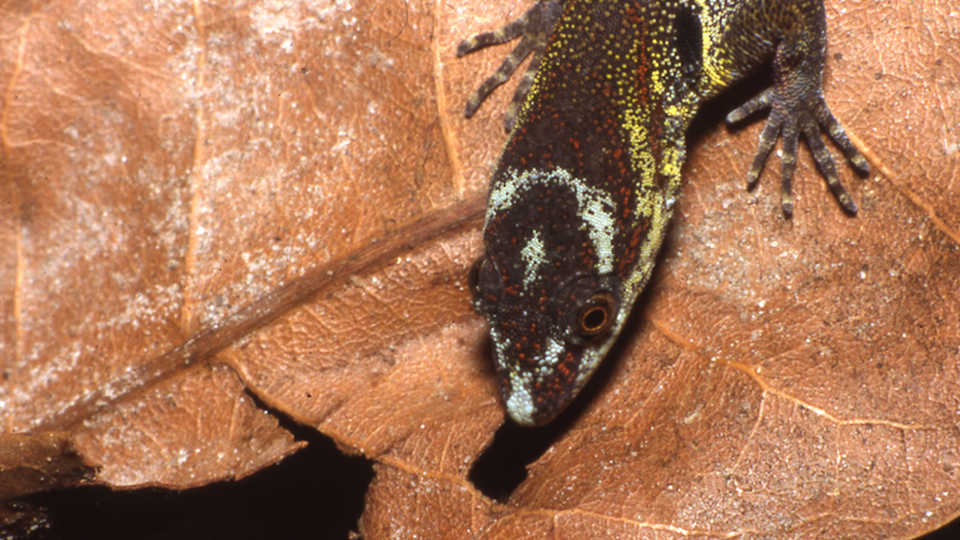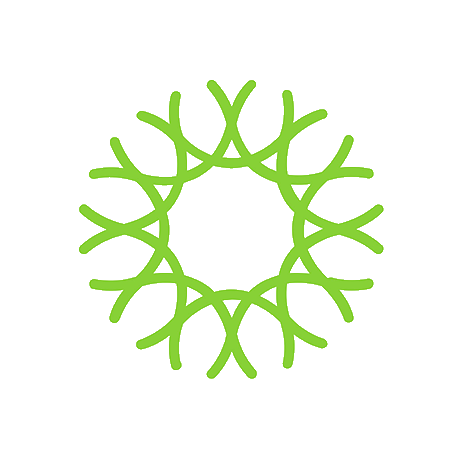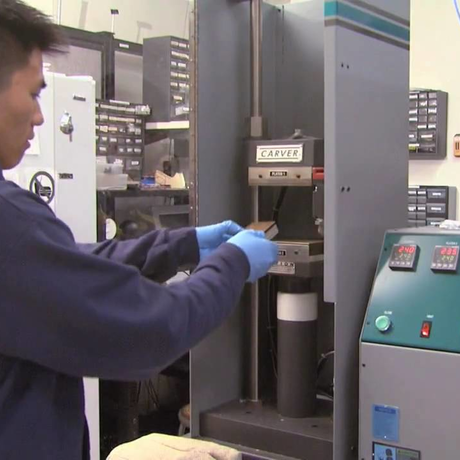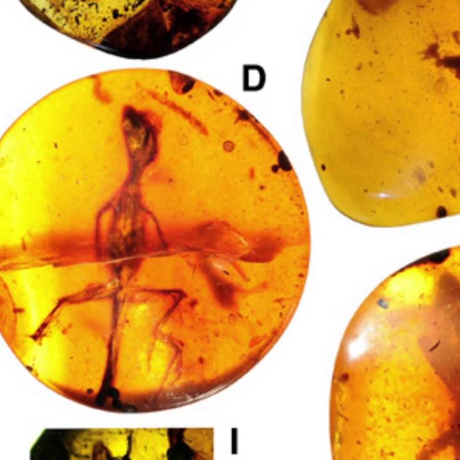Science News
The Evolution of Sticky Feet

How did geckos’ sticky toes evolve to the adhesive superpower that engineers are trying to recreate for robotics, tape, and other uses? UC Riverside scientists, led by Tim Higham, explored that question by looking at less-adhesive lizards—dwarf geckos in the Gonatodes genus.
Most geckos’ adhesive power comes from the setae at the bottom of their feet. These microscopic hair-like structures are arranged in a thin pattern along the bottom of the feet which allows geckos to adhere molecularly, through friction, to walls, ceilings, and other vertical and upside-down horizontal spaces. But only about 60 percent of gecko species have these special toe pads.
Most of the species within the Gonatodes genus do not have these pads. However, Higham and his colleagues found that Gonatodes humeralis, a tiny eight-centimeter (three-inch) South American species, does have setae that allow the gecko to climb smooth vertical surfaces such as leaves, slippery stems, bamboo shoots, and more, unlike its Gonatodes brethren.
“The relatively simple adhesive system of the G. humeralis is indicative that slight modifications in form can dramatically influence functional outcomes and the ecological niches that can be exploited,” Higham said. “This ostensibly padless gecko offers us a snapshot—a crucial intermediate stage—of the evolution of the adhesion apparatus. It’s telling us, ‘Look, this is how pad-bearing geckos started to acquire adhesion.’”
The setae of G. humeralis are short and simple compared to those of pad-bearing geckos, such as tokay geckos (Gekko gecko). The setae are located adjacent to friction-enhancing spinules—small projections, which play no role in adhesion, that are found underneath the feet of many lizards and geckos. The scientists argue that the setae of G. humeralis result from a transformation of the spinules. Bam! Evolution. Their findings are published in the Biological Journal of the Linnean Society.
“Until now, we had not seen a gecko showing the beginnings of the adhesive system,” Higham continues. “In all the innovations seen in the animal kingdom, we rarely get to see their beginnings… Evolution takes place in incremental steps, as the ‘snapshot’ we report on shows. Complexity does not start with complexity. Small modifications can, however, lead to complexity. Key innovations can come about in small incremental steps and lead to feedback processes that result in the more complex renditions of such systems. Our research offers more experimental evidence to show this is true.”
And how can those engineers inspired by gecko feet use this new finding? “Our work would interest researchers in nanotechnology and biomimicry because it explores the question: What are the minimum structural modifications to enable adhesion?” Higham says. “Gecko-inspired robots tend to have fully developed adhesion systems. But is that necessary? Our work suggests that not much is needed to get a good adhesion system going, and may therefore help simplify how we approach biomimicry and how we recreate adhesion in the lab.”
Image: Andreas Schlüter/Wikipedia


